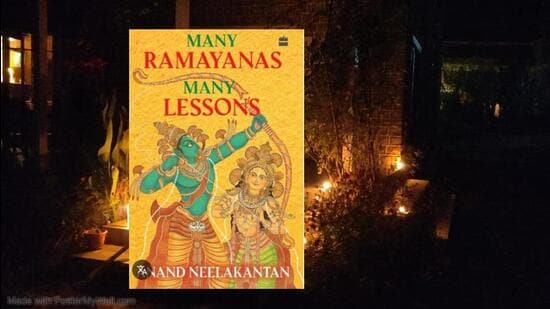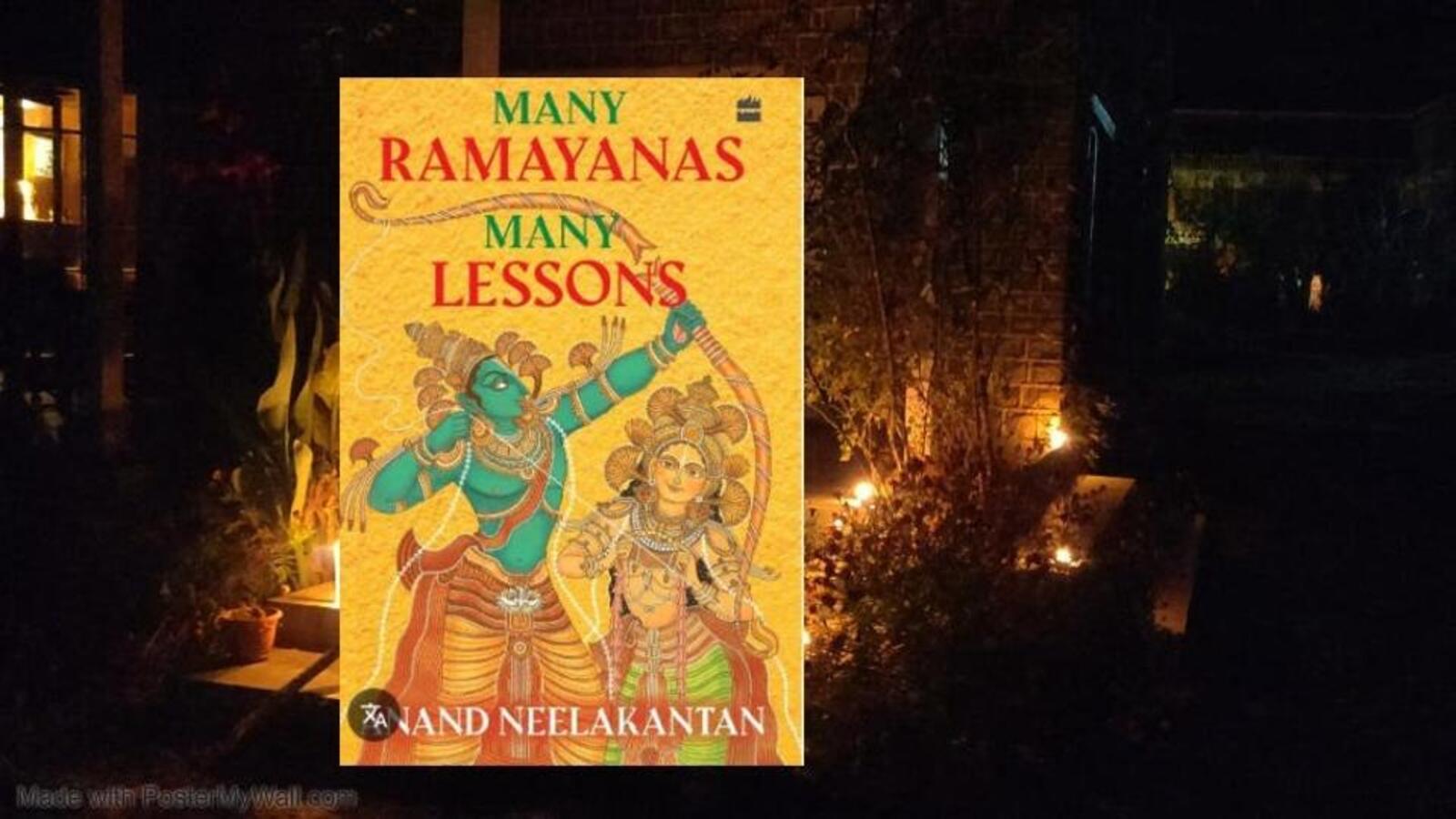Dear Reader,
 Many Ramayanas, Many Lessons
Many Ramayanas, Many Lessons
When I think of Diwali, I think of the scent of flowers, of lilies and marigolds. Of my mother’s voice calling us to gather for the puja. Of the brass plate of flowers at the centre of our circle — a ritual she invented to bind our family together. Diwali means sweets – the squishy, comfort filled crumble of a kheer kodom exploding sweetened milk in your mouth, the rich chewiness of kalakand milk cake, the fudginess of a chocolate brownie. Diwali is new books, clothes, and the warm, dancing glow of diyas that set the whole house aglow.
Ours is a Westernised family with a reformist Arya Samaj streak – sceptical of rituals, impatient with priests, and unwilling to surrender our prayers to a pandit communing with the gods in Sanskrit. Yet, Diwali has stayed the exception, as over the years, my mother, the matriarch of our family, has cobbled together her own set of family rituals.
Each Diwali, the clan gathers in a circle. Each person speaks of one thing they are thankful for and one thing they wish to pray for. A simple ritual, but one that proved powerful in uniting the family in a circle of trust and belonging, giving us things to cry together about and some things to laugh about, that then go into family lore—like a five-year-old grandson’s solemn prayer: ‘Please God, I want to fly.’
This year, I’m reading Many Ramayanas, Many Lessons by Anand Neelakantan. The author grew up listening to countless versions of the Ramayana from storytellers in rural India. No story exists in a single form, he says. His retellings are dramatic, erudite, and deeply human — alive with contradictions and moral complexity.
In one striking passage, he writes:
“In the folk Ramayanas of South India, Sita walks around Ravana’s cremation pyre. Remember that in these versions, Sita is his daughter…In traditional Ramayanas, a granite-faced Rama watches the woman he has loved walk into a blazing fire.”
It’s two startling images – and a reminder that even our most sacred stories exist in plural forms. The same story, told and retold, can hold entirely different meanings depending on where it is told, and who is telling it.
This focus on perspective reframes even the epic’s characters – often seen in shades of black and white. Like this analysis of the two brothers of the demon king Ravana: “Both Kumbhakarna and Vibhishan understand that their elder brother is taking a perilous path, bringing doom and destruction to the Asura clan. How they chose to respond to the same crisis is what makes them so fascinatingly different,” he says.
This intellectual exploration echoes the seminal essay by poet A.K. Ramanujan, The Three Hundred Ramayanas. For me, both Neelakantan’s book and Ramanujan’s work speak to me intimately. They feel in line with my family’s approach to tradition: a search to find the versions and practices that speak to us personally.
I’ve decided to begin each day this Diwali week, by reading one or two chapters of The Many Ramayanas, complete with its lessons. It feels like a good way to celebrate, a modern version of the ancient oral storytelling traditions like Ramlila or the Ramayan path, where the epic is recited aloud. You could do that do, read this book aloud together as a family, specially if you have younger children.
What about you, dear Reader? In your own celebrations, what traditions -whether ancient, newly-made, hold the most meaning for you? What are your favourite Diwali rituals?
————————–
(Sonya Dutta Choudhury is a Mumbai-based journalist and the founder of Sonya’s Book Box, a bespoke book service. Each week, she brings you specially curated books to give you an immersive understanding of people and places. If you have any reading recommendations or suggestions, write to her at sonyasbookbox@gmail.com. The views expressed are personal.)
